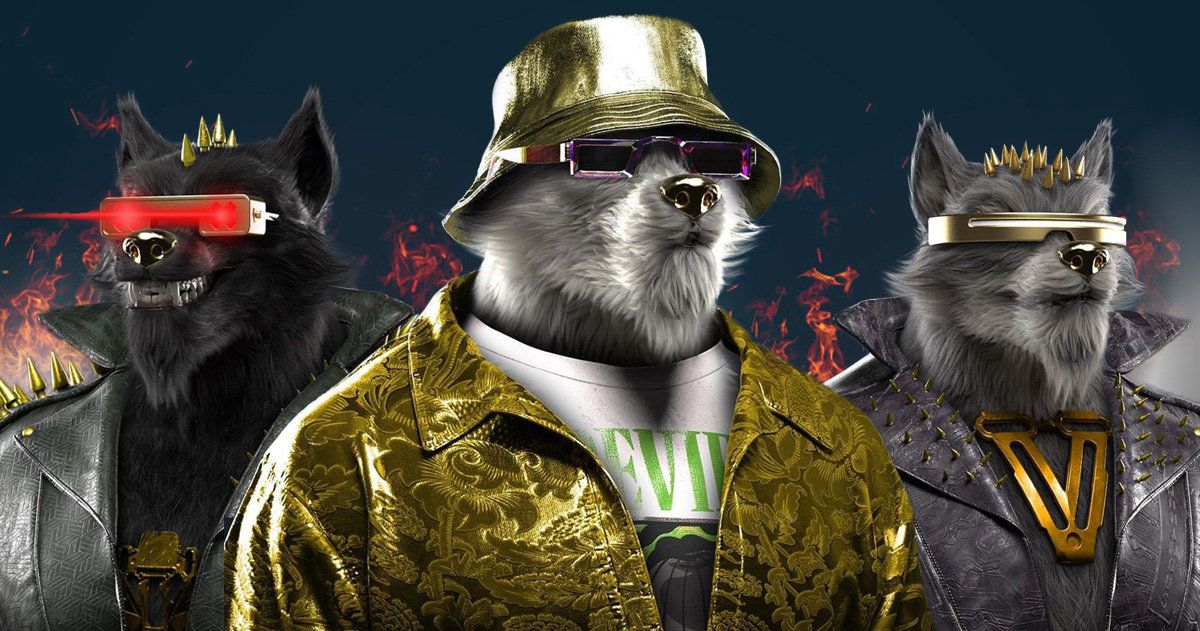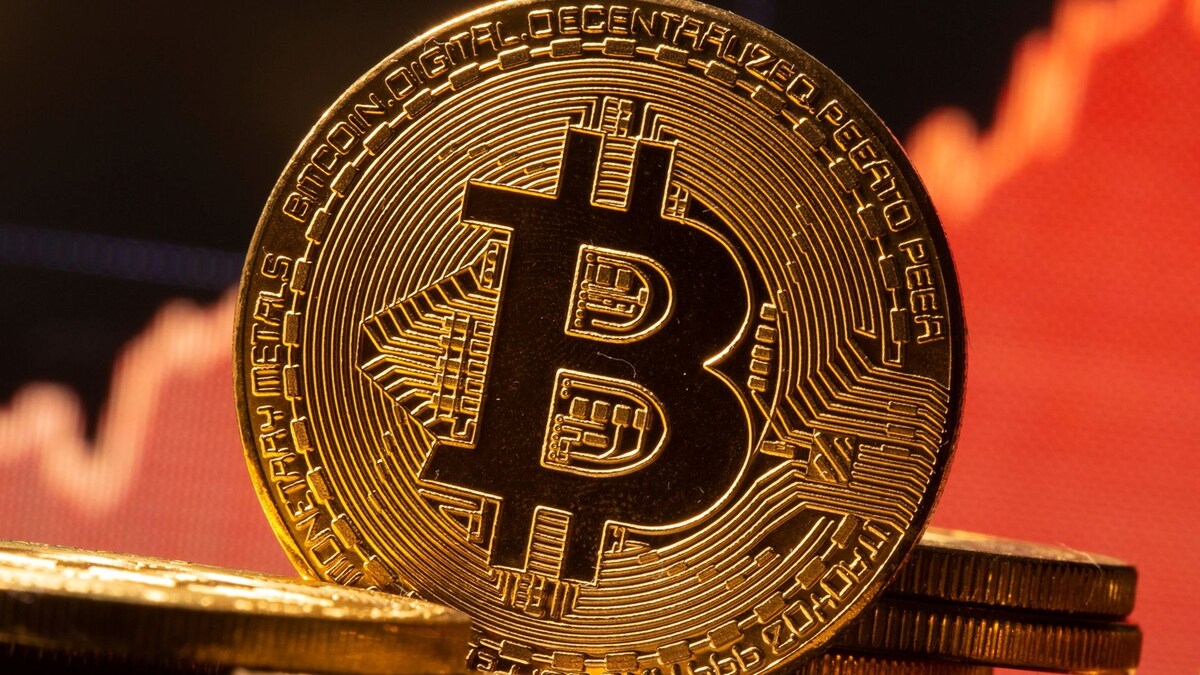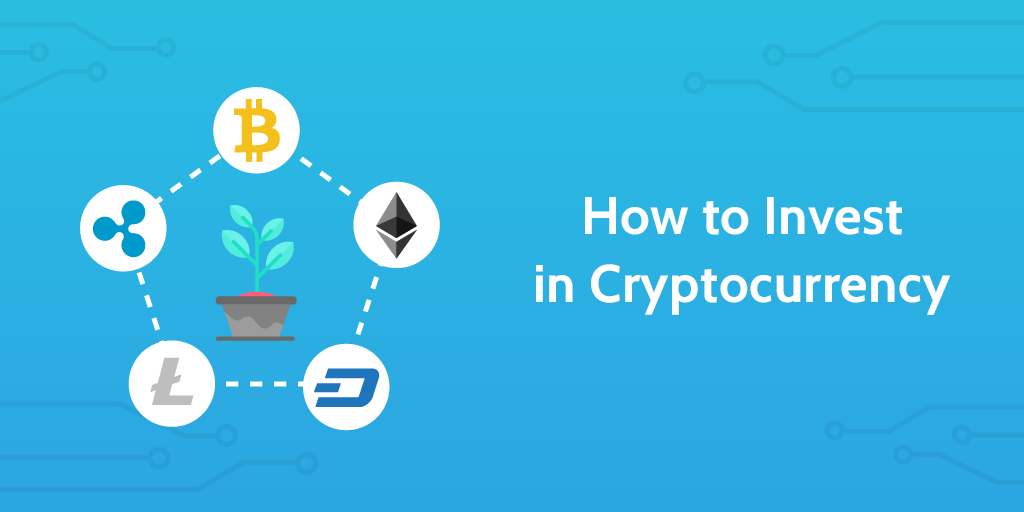The Mongol Empire was the largest contiguous land empire in human history, stretching from the Pacific Ocean to the Black Sea. The Mongol nfts were nomadic horse riders who were renowned for their military prowess and their ability to travel long distances quickly. They were also skilled traders and merchants, and their empire was a major center of commerce and culture.
In recent years, there has been a growing interest in using non-fungible tokens (NFTs) to tokenize historical artifacts and cultural heritage. NFTs are digital assets that are stored on a blockchain, and they can be used to represent ownership of unique items such as artwork, music, and videos.
In this blog post, we will explore the potential of NFTs to be used to tokenize the history of nomadic horse riders through Mongol NFTs. We will discuss some of the benefits of using NFTs for this purpose, and we will also highlight some of the challenges that need to be addressed.
Benefits of using NFTs to tokenize Mongol history
There are a number of benefits to using NFTs to tokenize Mongol history. First, NFTs can help to preserve and protect Mongol cultural heritage. By tokenizing Mongol artifacts and cultural items, we can create a digital record of these items that can be accessed and shared by people all over the world.
Second, NFTs can help to promote and educate people about Mongol history. NFTs can be used to create interactive experiences and educational materials that can help people to learn more about the Mongols and their culture.
Third, NFTs can be used to generate revenue for Mongol communities. NFTs can be sold to collectors and enthusiasts, and the proceeds from these sales can be used to support Mongol cultural initiatives and programs.
Challenges of tokenizing Mongol history
While there are a number of benefits to using NFTs to tokenize Mongol history, there are also some challenges that need to be addressed. One challenge is that there is a lack of awareness about NFTs among Mongol communities. It is important to educate Mongol communities about NFTs and their potential benefits before tokenizing Mongol cultural heritage.
Another challenge is that there is a need to develop standards for tokenizing Mongol cultural heritage. These standards should ensure that NFTs are used in a way that is respectful of Mongol culture and traditions.
Finally, there is a need to develop mechanisms to ensure that the benefits of tokenizing Mongol history are shared equitably with Mongol communities. It is important to ensure that Mongol communities have a meaningful role in the governance and management of NFT projects.
Examples of Mongol NFT projects
There are a number of Mongol NFT projects that are currently in development. One example is the Mongol NFT project, which is being developed by the Mongol Cultural Center. The Mongol NFT project aims to tokenize a variety of Mongol cultural artifacts, including traditional clothing, jewelry, and artwork.
Another example is the Genghis Khan NFT project, which is being developed by a group of Mongol entrepreneurs. The Genghis Khan NFT project aims to tokenize a digital sculpture of Genghis Khan, the founder of the Mongol Empire.
Additional benefits of using NFTs to tokenize Mongol history
In addition to the benefits mentioned above, there are a number of other potential benefits of using NFTs to tokenize Mongol history. For example, NFTs can be used to:
- Create a more transparent and efficient market for Mongol cultural artifacts
- Reduce the risk of fraud and counterfeiting
- Make Mongol cultural artifacts more accessible to people all over the world
- Support the development of new educational and cultural initiatives
- Promote cultural exchange and understanding between different cultures
How to ensure that the benefits of tokenizing Mongol history are shared equitably with Mongol communities
There are a number of things that can be done to ensure that the benefits of tokenizing Mongol history are shared equitably with Mongol communities. For example:
- Mongol communities should be involved in the development and governance of NFT projects from the outset.
- A portion of the proceeds from the sale of Mongol NFTs should be allocated to Mongol cultural initiatives and programs.
- Mongol communities should be educated about NFTs and their potential benefits.
- NFT projects should be developed in a way that is respectful of Mongol culture and traditions.
The tokenization of Mongol history through NFTs has the potential to preserve and protect Mongol cultural heritage, promote and educate people about Mongol history, and generate revenue for Mongol communities. However, there are a number of challenges that need to be addressed, such as the lack of awareness about NFTs among Mongol communities, the need to develop standards for tokenizing Mongol cultural heritage, and the need to develop mechanisms to ensure that the benefits of tokenizing Mongol history are shared equitably with Mongol communities.
Despite the challenges, the tokenization of history through NFTs is a promising development. NFTs have the potential to help communities to preserve and promote their culture and heritage in new and innovative ways.




